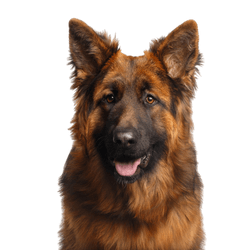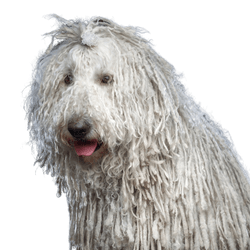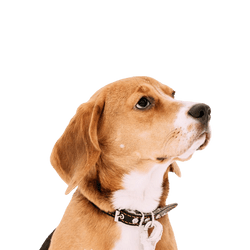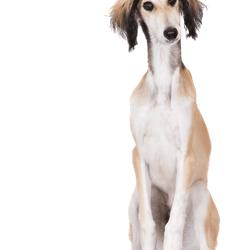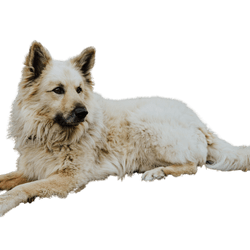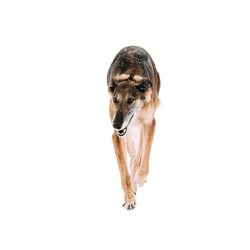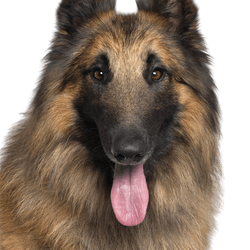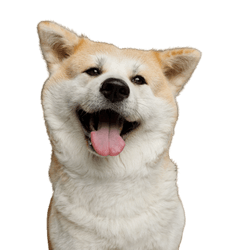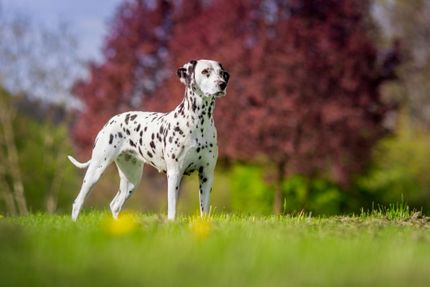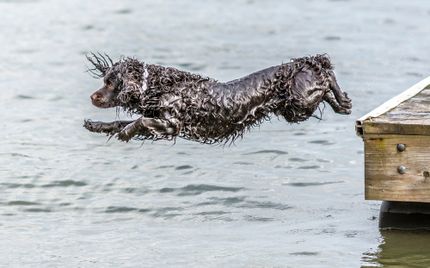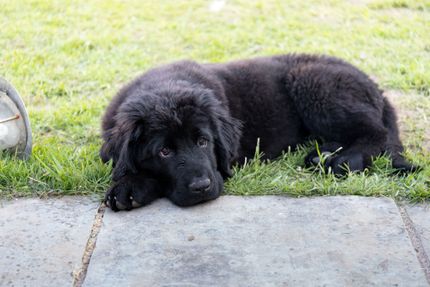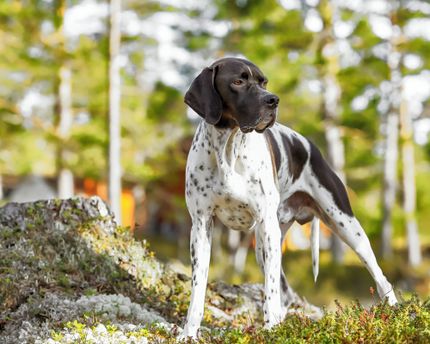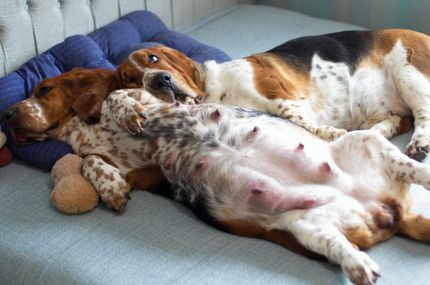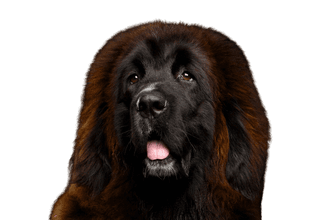
Do Khyi Breed description: Character & Co
Do Khyi
Facts & Origin
'Do Khyi' means 'tied dog'.
About the breed Do Khyi
The Do Khyi is also called Tibetan Dogue or Tibetan Mastiff. It is assigned to the FCI group 2, section 2.2, mountain dogs.
Although its appearance suggests it, the Tibetan Mastiff is not related to Molosses or the Great Danes.
History: the Tibetan
For centuries, the Do Khyi lived more or less isolated from the outside world in Tibet, as a guard of house and farm, among the nomads additionally as guardian of the herds, among the traders as protector of the caravans.
The climatic conditions are harsh, their tasks clearly defined.
The result was a strong dog with thick fur that acts as weather protection, one that reacts thoughtfully, yet puts every intruder or attacker fearlessly into their place.
Already Marco Polo described them, and that was in 1271 after all.
In the last twenty to thirty years, however, the mighty dog from Tibet has become fashionable in China, among other places. By crossbreeding with Great Danes and Mastiffs, it has been bred to an have an even larger body mass and you will pay horrendous prices for them. This all at the expense of their health, however. Their chaps do not close any more, the eyes often sit deep, the fur throws wrinkles, the joints are increasingly unable to carry the body.
In places where the Do Khyi is purely bred outside of Tibet, there is another problem: The gene pool is quite small, so it is difficult to avoid inbreeding and the health consequences that come with it. In Germany, the International Club for Tibetan Dog Breeds in the VDH takes care of the Do Khyi breeding. The number of puppies is extremely low.
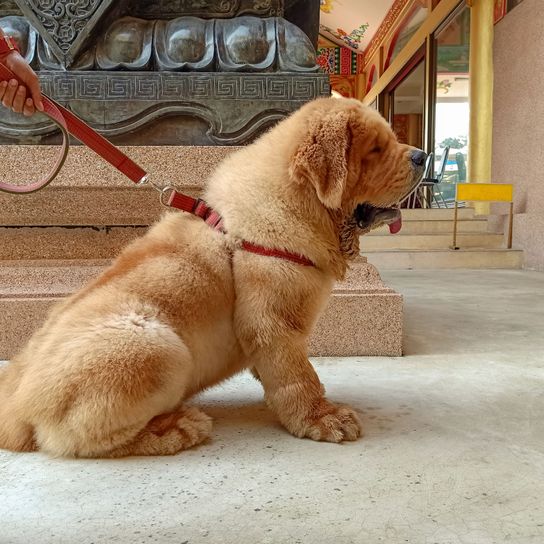

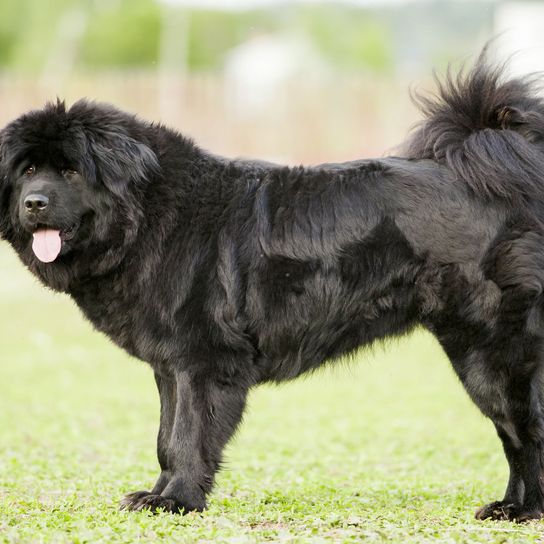
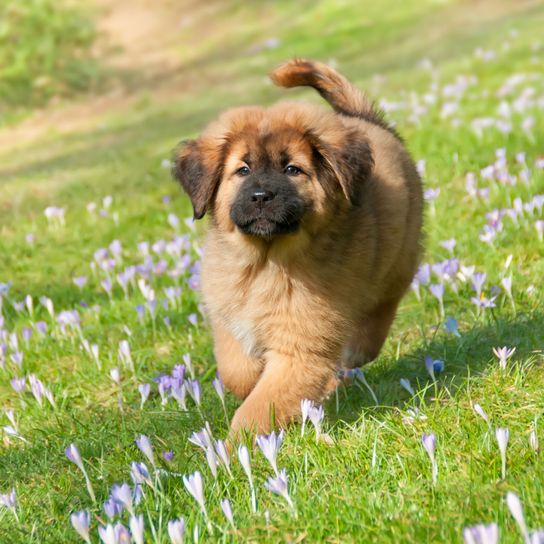
| Alternate Name | Tibetan Mastiff |
| Origin | Tibet |
| Life expectancy | 12 - 15 years |
| Care requirements | high-maintenance |
| Activity level | high |
| FCI group | Molossian type |
| AKC group | not recognised |
| KC group | not recognised |
Attitude, character and temperament of the breed
The essence of the Tibetan Mastiff: stubbornly cool
Hundreds of years where the Tibetan Mastiff acted as a guard dog still form their characteristics today. If your Do Khyi is well socialised within your family, they will love your children and protect all of you - including any other animals living in the household.
The Tibetan Mastiff is loyal and caring with their family and patient with children. They are more likely to see strangers as potential attackers - and will not be intimidated by them. Tibetan Mastiff males can also be extremely dominant towards foreign males.
The Tibetan Mastiff is very independent and will not do anything that they perceive as a pointless task. All while staying relaxed and calm. If they want to, they can be very teachable, but a lot of the time they lose interest.
Training: not for beginners
The strong-willed Tibetan Mastiff is no dog for first-time owners. They need a consistent master who always stays fair and enjoys working with their strong character. It takes experience and understanding for dogs to do this intelligent dog justice and to train them in a way so they can become the good-natured and loyal housemate they have the potential to be. In an ideal case, a unique relationship is created. It is recommended to attend a competent dog school.
The Tibetan Mastiff in Central Europe
Due to its size alone, the Do Khyi is not suitable for keeping in a small apartment. It simply needs space. It also needs a territory to protect. A detached house with a large, securely fenced garden would be perfect for them.
The Do Khyi has the watchdog life in its blood. At the same time they make a good tracking dog and are suitable for some dog sports, also as rescue dogs. As therapy dogs, especially for children, their sensitivity comes through.
The Do Khyi needs regular exercise, but nothing that is too fast or intensive. Long walks are enough for them.
Character
Usage

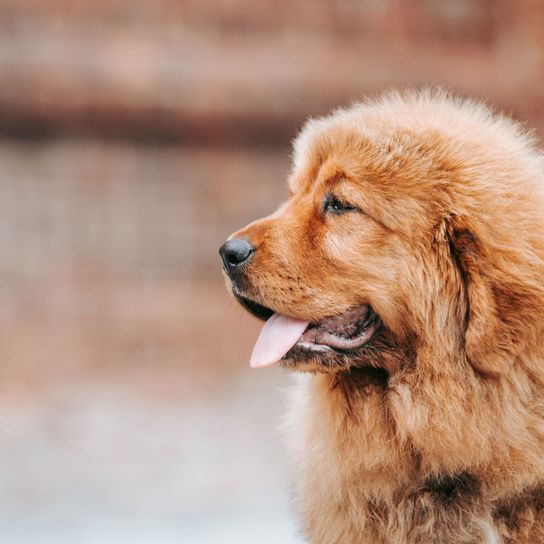
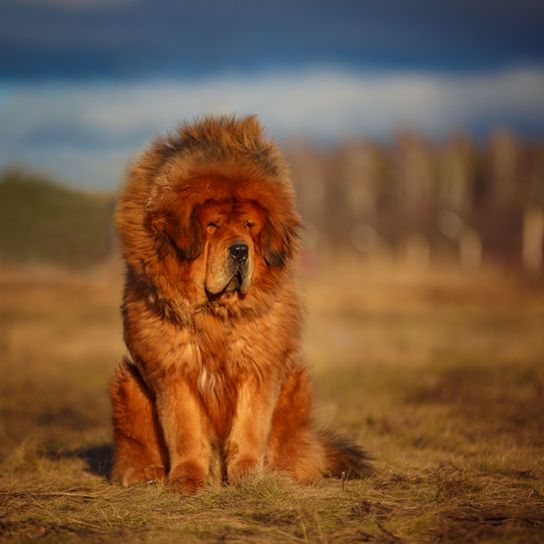

Health and breeding information
Health
The Tibetan Mastiff is a late bloomer. Females are only really grown up at the age of three years, males at four years.
Breed-specific diseases are not known in this robust dog. However, problems can arise from inbreeding, as well as from excess weight.
You should pay special attention to their teeth. Either you give your dog chewy treats that match their size and teeth, or you brush their teeth regularly.
What else you should know if you want to buy a Tibetan Mastiff
Before you buy a Do Khyi, think about whether it suits you. You should have fun working with this strong character. You should offer them the right conditions such as enough space, a task and an area they can protect. Remember that the big dog commands respect and needs a lot of food.
In the Swiss canton of Ticino, the Tibetan Mastiff is on the list of potentially dangerous breeds.
If you want to buy a Mastiff, you should visit a serious breeder. Find a breeding without history of inbreeding, so that you can enjoy your new housemate for a long time.


Appearance
The Do Khyi looks a little bit like a cross between bear and lion. It is big and radiates a calmness and power that are characteristic in themselves. In addition, its special form of changing its coat in spring is typical for the breed. They shed their undercoat fully, parts of the top coat and additionally their top skin layer. Some facts:
- Height at withers males 66+ cm, bitches 61+ cm
- Weight around 60 kg
- heavy build
- Coat uni-coloured in various colours like black, red, gold in various shades, one star on the chest and small markings on the paws are allowed
- thick undercoat, solid top coat
- Fur forms a kind of ruff
- Square-like physique
- strong neck area
- strong head
- ears small, hanging, set up when alert
- strong jaw, chaps close
- Tail is carried curled up
- Dog similar to lion
The coat of the Tibetan Dog is relatively high-maintenance. It has to be brushed regularly, which is a lot of work in spring when they change their coat.
Otherwise, the hanging ears and eyes must be checked, as well as the claws and paws.
The maximum age to be expected is about 10 to 14 years.
| Fur length | long |
| Fur | flat coated |
| Ear shape | Floppy Ear |
| Tail | rolled up |
| Anatomy | hefty |
| Size ♀ | 61 - 71 cm |
| Weight ♀ | 34 - 54 kg |
| Size ♂ | 66 - 76 cm |
| Weight ♂ | 45 - 73 kg |
| Suitable For | - |
Colors

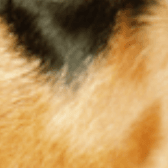

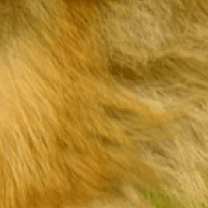
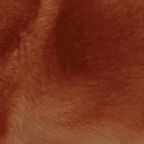
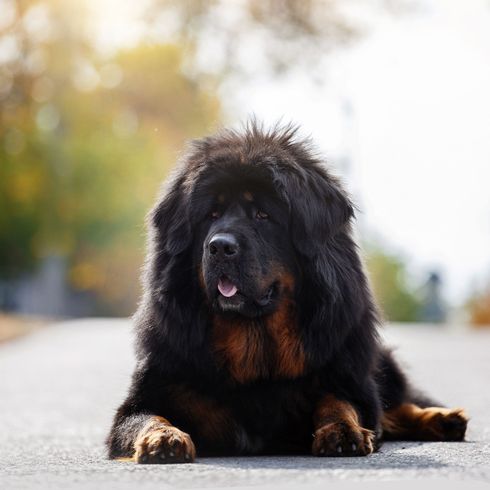


FAQ
-
A Do Khyi or Tibetan dog costs about 2000 Euros. By the way, the most expensive dog in the world is also the Do Khyi, because he was once sold for the equivalent of 1.5 million euros. Allegedly, in him would be lion blood and therefore he was traded so expensive.
-
This question answers itself automatically when you land on this breed description. The Tibetan Dogue is considered the most expensive dog breed in the world. It is very rare and is one of the largest dog breeds in the world. It often looks like a lion.
-
The Tibetan dog is one of the largest dog breeds in the world and can weigh up to 90kg.
Other large dogs
Useful Articles

You can find articles that might interest you in the dogbible blog to match your favorite breed.
Visit our magazineto stay up to date on dog trends.
To find out more, view our Privacy Policy
Find here the breed that suits you and find out what character traits it has. Here you can also learn more about the origin, size and weight of your favorite breeds.
Matching your favorite breed, you'll find articles that might interest you on the dogbible dog blog.
Hunting dog training: costs, procedure and duration
Dry food for the dog - Grain-free dry food review
Dog licence: Baden-Württemberg introduces compulsory dog licence

